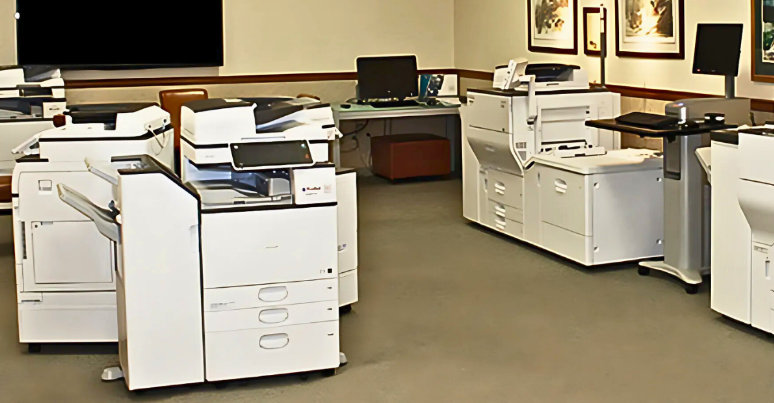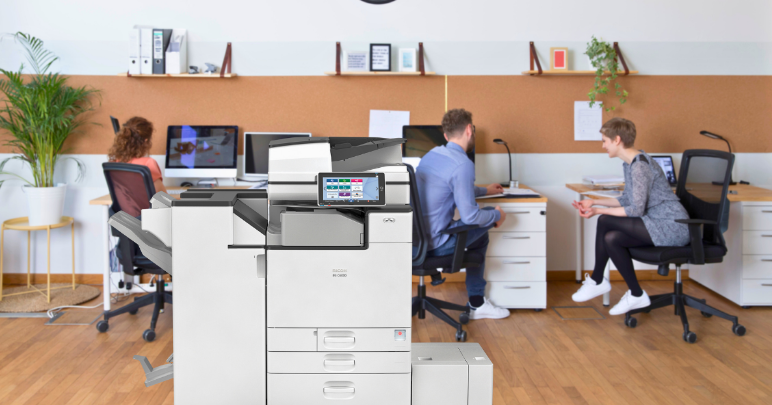
When Support Breaks Down: Why This Company Switched to Woodhull
The Challenge After years with a national vendor, this organization had finally had enough. Their equipment was fine, but their service experience was anything but. When a machine went down, getting someone onsite could take two to three days. And when a technician finally arrived, the fix was often temporary, requiring multiple visits to resolve […]
Read When Support Breaks Down: Why This Company Switched to Woodhull









